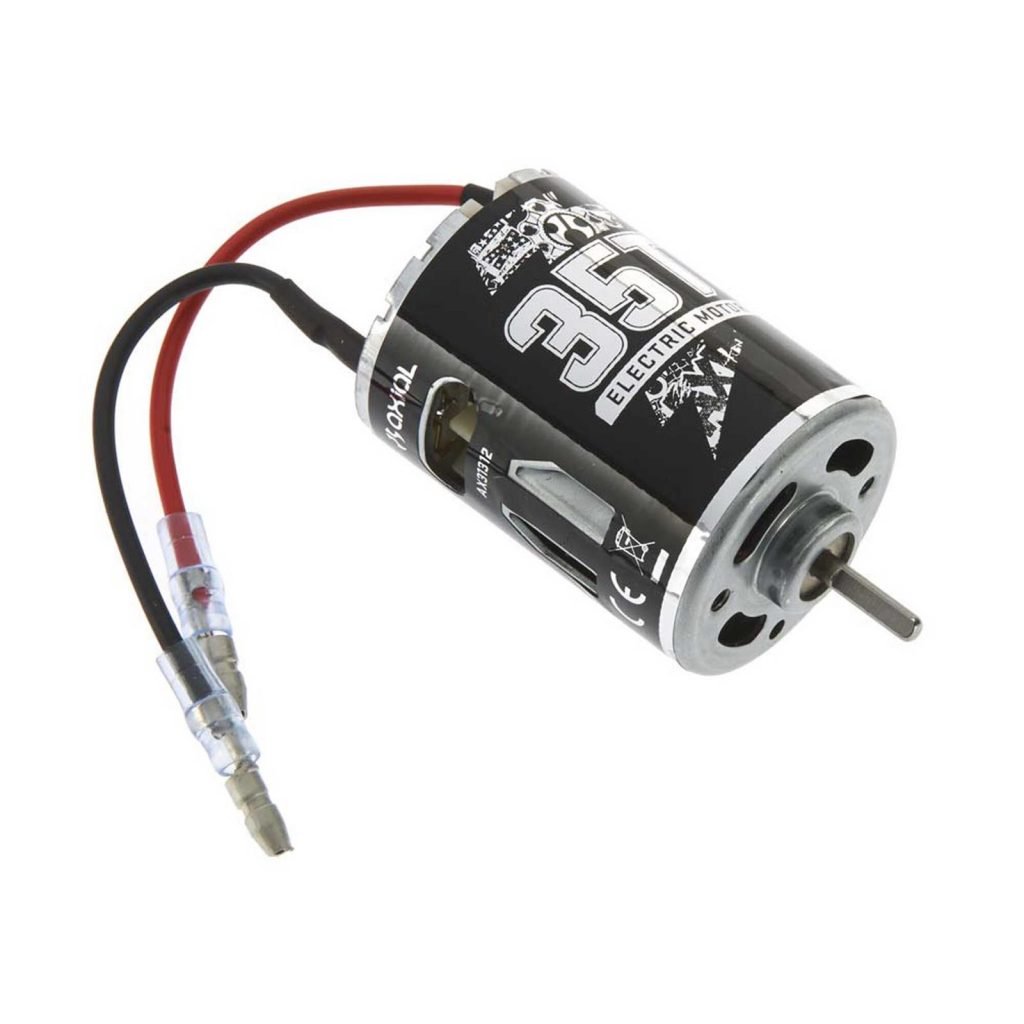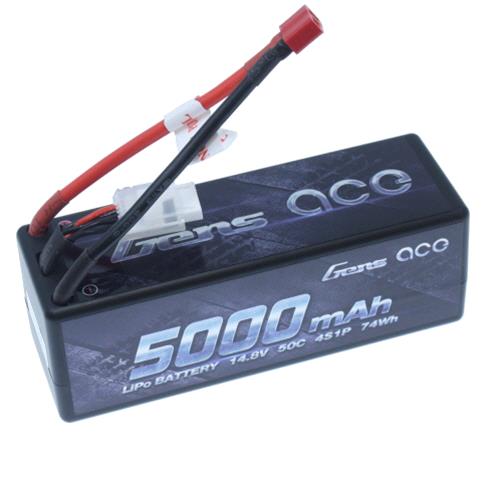What’s nearly as much fun as piloting a two-ton rocket at high speeds down a straightaway? The answer, for many automotive enthusiasts, is piloting a small-scale version of the same vehicle at high speeds down a straightaway—while standing safely on the sidelines.
We’re talking about remote controlled vehicles, of course. For gearheads, RC driving is a natural extension of the automotive hobby, providing an opportunity to get one’s speed fix away from the track. While it might only be a side attraction for some, the world of RC vehicles is much more complex and sophisticated than it would appear to an outsider. Just as real vehicles encompass a broad spectrum of features and performance characteristics, RC vehicles can range from glorified backyard toys to serious competition machines.
The modern RC hobbyist has a lot of options to consider when building an RC car or truck to fit their needs. They can select different styles of vehicles designed to perform optimally on different surfaces. They can choose from electric, gas, and nitro-powered motors (though the majority available today are electric). And they can swap out and upgrade nearly any component, from suspension parts, to gears, to batteries, and more.
What’s more, many RC vehicles feature onboard telemetry just like a real car or truck, allowing for adjustments to motor curve and wheel spin, and giving competitors access to vital information on engine temperature and battery performance. In other words, you can do nearly everything with an RC vehicle that you can do with a real vehicle—save for getting behind the wheel.

Choosing Your RC Car or Truck
Where should you begin if you are just getting into the hobby? The answer largely depends on what you plan to do with your vehicle.
If casual backyard bashing, rock crawling, or off-road racing is your goal, consider building a crawler or buggy-style RC truck with durability as your chief priority. Speed is great, but it’s probably more important that your vehicle can survive all of the jumps and mixed surfaces you throw at it. Likewise, more durable, lower-speed vehicles also make a great choice for new hobbyists who are still learning control.
On the other hand, if you plan to compete in road course or dirt oval racing events, you should focus on reduced vehicle weigh, rigid suspension components for quick handling, and increased power for better overall performance. Just don’t expect your vehicle to look pretty after a high-speed collision. Cars and short course trucks thrive in this area.
Other considerations include:
Scale: RC vehicles come in a wide range of sizes, with 1:10 scale being far-and-away the most popular for competitive racing. Smaller 1:24 scale vehicles are a great choice for those with limited space, while larger 1:8 scale vehicles can be a lot of fun with room to roam.
Completion Level: Generally, RC vehicles come in one of two completion levels. The first, is “ready-to-run,” or RTR. Vehicles that fall in this category—for example, Axial’s popular SCX10 series—are complete right out of the box. The only things you may need to pick up are batteries and a charger.
Other RC vehicles, such as this Redcat Racing crawler, come as buildable kits that include only the body, chassis, wheels, and tires. You can choose your own motor and electronics to complete the build.
Whichever option you go with, remember that you can always upgrade it later to achieve better power and performance.
RC Motors, Batteries & Other Components
Just like with a real vehicle, occasional maintenance on an RC car or truck is a necessity. The more you run your vehicle, the more components you will need to replace as they wear out. And just like with a real vehicle, you can opt to upgrade rather than simply replace these components for drastic performance improvements.
Here are a few of the things you may find yourself needing or wanting to change:
Motors: Electric RC motors are available either in brushed or brushless variants. Brushed motors, which have been around for about as long as the hobby has, are cheaper and more widely available than their brushless counterparts. They won’t last as long as a brushless motor, and they offer lower torque and power density, but they do have one huge advantage: low speed control. This is why you can frequently find brushed motors in RC vehicles designed for rock-crawling.

A more recent development, brushless motors are more durable and more efficient than brushed motors, making them the default choice in any type of high-speed racing.
Batteries: RC hobbyists should familiarize themselves with the two main types of RC vehicle batteries: NiMH (nickel-metal hydride) and LiPo (lithium-ion polymer). Each has its own set of advantages and disadvantages.
Many RTR vehicles that come equipped with batteries use NiMH types, as they are reliable, relatively cheap, easy to maintain, and safe to use. The downside of these batteries is that they can be heavy and have lower energy density than LiPo batteries.

Offering high energy density and a high discharge rate, LiPo batteries are known for offering more torque off the starting line, achieving faster top speeds, and sustaining higher voltage for more consistent power over the course of a run. However, they also are prone to internal shorts that can turn them into literal fire bombs. Proper handling and charging are key to safe use. Many RC racing venues also require the use of LiPo bags for safe storage.
Body, Chassis & Suspension Parts: Whether it’s because you hit something traveling at high speed or you want to make an upgrade, there are a variety of RC components to choose from. Commonly replaced items include shocks and shock towers; axle housings; suspension arms and hinge pins; body clips; wheel nuts; C-hubs; slipper plates; and tires.
Competitive RC Considerations
If you intend to compete with your RC vehicle, a lot of the choices you might make will come down to the type of event you are participating in.
Most forms of RC racing in the U.S. and Canada are governed by Remotely Operated Auto Racers (ROAR), the sport’s sanctioning body. ROAR’s guidelines are widely used by tracks involved in club racing, regional racing, and national events. RC racers compete in different classes—such as stock, super stock, and open modified—each of which is bound by different rules, just like in automotive racing.
If you plan to race, be sure to find out the track’s requirements, and bring along often-needed items like an extension cord, power strip, wrenches, and extra tires.

[…] What’s nearly as much fun as piloting a two-ton rocket at high speeds down a straightaway? The answer, for many automotive enthusiasts, is piloting a small-scale version of the same […] Read full article at http://www.onallcylinders.com […]
Will Schertz, gotta love the thinly veiled sarcasm !
Much needed humor is in short supply nowadays.
The RC hobby is addictive and going faster is expensive. Kinda like real deal automobiles.
And the beat goes on….
Any thing rc is one of my favorite hobby and now rc rock crawlers have the best of both worlds with the upgrade to brushless censored it allows you to have precise throttle control at low and high speeds is the only way to go
Great article, you helped me choose my new electric RC Car and I absolutely love it! The instant power delivery and smooth acceleration make it a joy to drive. No need to worry about messy fuel or exhaust fumes, just charge it up and hit the road.